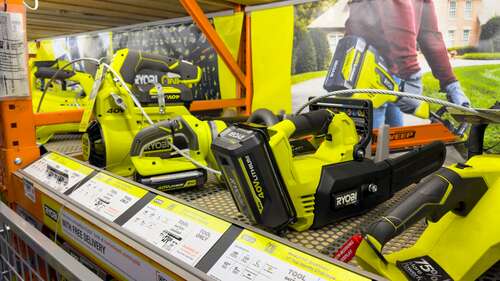
In September 1943, the manager of Mitsubishi Electric’s Fukuyama Works in Hiroshima, Japan, proposed the possibility of die casting to Yutaka Urakami. At the time, Yutaka was operating a small trading company and knew nothing about it. However, within a week of this conversation, Yutaka rose to the challenge.
Die casting, according to Ryobi, “is a metal casting process that involves feeding molten nonferrous alloys into dies under high pressure and at high speed to rapidly create molded products.” In December 1943, Ryobi, then called “Ryobi Seisakusho Co., Ltd.” was established in Hiroshima, Japan. After two months, Ryobi held an opening ceremony for the company, wherein it began manufacturing these products in a retro-fitted soy sauce warehouse and selling them.
Here, Ryobi was able to mass produce thin, complex products, which created smooth casting surfaces that required less machining after being molded.
Among its most popular products, were Ryobi-made automobile industry components. Some of its examples of die casts for cars include cylinder blocks, transmission cases, and shock towers. Ryobi claims that the die casts it produce contribute to the overall weight reduction of vehicles, which is a key aspect that helps improve overall fuel efficiency. After a decade of creating metal die cast products, Ryobi began manufacturing plastic die cast products in 1954.

